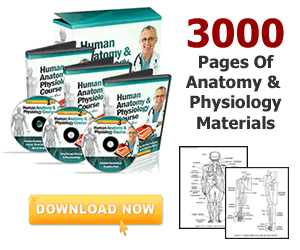Biology Experiments for Teachers. Binocular Vision, Eye Dominance and Location of Stimuli

Binocular Vision: Experiment
(a) Keep both eyes open and hold a pen or pencil upright at arm's length.
(b) fast move the pencil to come exactly in line with a more distant vertical object, such as a window frame or lamp-post.
(c) Close and open the left eye.
(d) Close and open the right eye.
(e) Note any change in the apparent position of the pencil and either it was the closure of the left or right eye which produced it.
(f) Which eye did you use in lining up the two objects?
Discussion
Although both eyes are kept open to line up the pencil and the distant object, only one eye, the dominant eye, is used to resolve the alignment. When this eye is closed, the pencil will appear to 'jump' sideways. It is closure of the dominant eye which produces the jump because, according to the eye now remaining open, the pencil and distant object are not in line. If the student is slow to line up the two objects he or she may be aware of a duplicate image of the near object. Nevertheless, the student is still likely to select the image from the dominant eye.
Awarness of Location of Stimuli. Experiment
(a) Place a glass marble on a non-slippery surface, e.g. On the page of an open notebook.
(b) Cross the first and second fingers of one hand and press on the marble with the tips of these fingers.
(c) Close your eyes and roll the marble firmly, forwards and backwards, side to side and then with a circular request for retrial for about 30 seconds.
(d) consideration any unusual impressions you receive from the fingers.
Discussion
1 The subjective impression should be as if there were two marbles with the fingers pressing
between the two.
2 The areas of the finger-tips employed, with the fingers not crossed, would normally be stimulated only by two surfaces separated in space.. The connections that exist in the middle of the receptors and the brain are, presumably, the foundation for this interpretation. When the two areas are stimulated simultaneously by the same object in the absence of optical evidence, the brain makes its usual interpretation, giving the sensation of two objects.
The results also show that we normally rely on facts from some sources for our
interpretations. If the branch watches the fingers and marble, it is far more difficult to elicit the impression of two objects.
